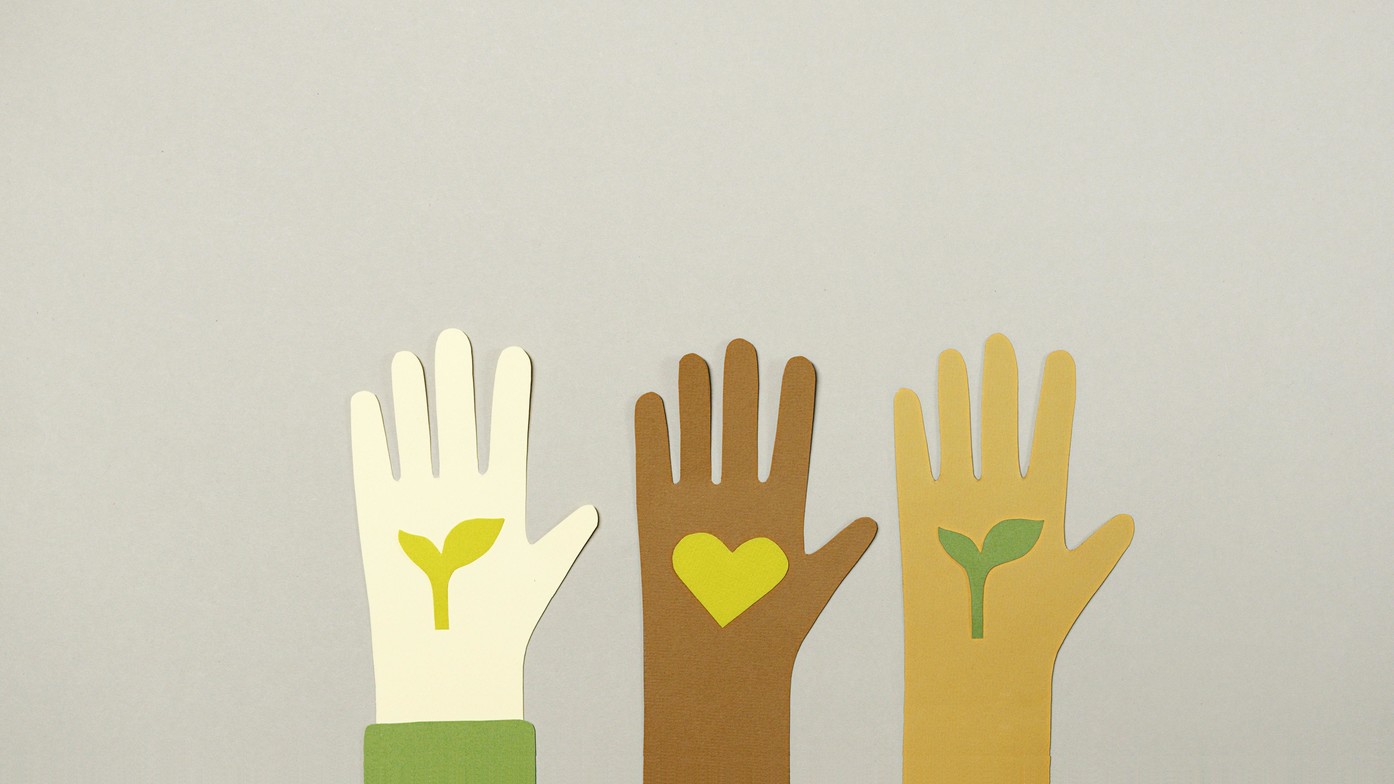
Bridging the Climate Change Divide: How Generational Communication Can Heal Emotional Disconnects
Climate change is not just an environmental issue; it’s an emotional one. For younger generations, it is an existential crisis looming over their futures, a weighty reality that influences their choices, aspirations, and mental well-being. For older generations, while concern exists, the emotional urgency can sometimes seem tempered by a lifetime of adaptation and resilience. These differences in perception and reaction often lead to intergenerational misunderstandings, where parents struggle to address their children's climate anxieties in a way that feels supportive rather than dismissive.
The article from YES! Magazine, "How to Help My Daughter Face Climate Change with an Open Heart," beautifully illustrates this dilemma. The author, a parent, recognizes the deep grief their child feels over climate change and grapples with how to respond. This narrative highlights a crucial question: How can parents effectively communicate with their children about a distressing topic like climate change in a way that fosters understanding, emotional resilience, and mutual support?
The Emotional Disconnect: Why Generations Struggle to Communicate
Psychologically, our response to climate change is shaped by multiple factors: our lived experiences, attachment styles, and the communication patterns we’ve developed over time. Family systems therapy suggests that within a family unit, emotions about major stressors are often processed in patterns that have been established for years. Parents may instinctively try to protect their children by minimizing distressing information, assuming that shielding them from despair is the best course of action. Conversely, younger generations often express their anxieties openly, hoping for acknowledgment and solidarity rather than protection.
Attachment theory can further explain these generational differences. Securely attached individuals generally feel safe discussing difficult emotions, while those with avoidant attachment styles may downplay the issue to maintain a sense of control. A child who exhibits a strong emotional reaction to climate change may have a secure attachment but still struggle with the enormity of the problem. If a parent, in turn, avoids deep engagement with the topic out of fear or helplessness, the child might feel invalidated or isolated in their concerns. This emotional mismatch can create a rift where children feel that their fears are being dismissed, and parents feel powerless in providing comfort.
The Importance of Open, Honest Conversations
The YES! Magazine article underscores the power of open communication, showing that acknowledging distress rather than suppressing it is key to maintaining emotional connection. Psychological research backs this up: studies in narrative therapy suggest that sharing one’s fears in a structured, open-ended way can be a powerful form of emotional processing. Narrative therapy encourages both parents and children to articulate their climate-related anxieties in a way that is validating rather than overwhelming.
In practical terms, this means moving away from responses that dismiss or downplay fears (e.g., “Oh, things won’t get that bad” or “There’s no use worrying about it”) and toward responses that affirm and explore emotions (“That sounds really difficult for you. Tell me more about what scares you the most.”). This approach fosters emotional resilience by allowing young people to feel heard and supported rather than alone in their distress.
Techniques for Meaningful Intergenerational Conversations
Given these psychological foundations, how can parents foster healthy conversations about climate change with their children? Below are a few counseling techniques that can help bridge the emotional gap:
1. Narrative Therapy: Sharing Stories of Hope and Struggle
Narrative therapy involves externalizing fears by shaping them into a story. Parents and children can take turns sharing their own emotional journeys related to climate change—what they fear, what they grieve, and what they hope for. This process helps normalize difficult emotions and provides perspective on how different generations have faced societal challenges before. Parents can share their own past experiences with activism, uncertainty, or social change to build common ground.
2. Active Listening and Validation
When a child expresses eco-anxiety, a parent’s first instinct might be to solve the problem or offer reassurance. However, what young people often need most is simply to be heard. Active listening involves fully concentrating on what the child is saying, responding with empathy, and avoiding immediate problem-solving. Simple phrases like, “That must feel overwhelming,” or “I can see why you’re so passionate about this” can be incredibly powerful in making children feel supported.
3. Emotional Regulation Through Mindfulness
Many young people today experience climate grief—an intense sadness over environmental degradation. Parents can introduce mindfulness exercises, such as deep breathing or guided meditation, to help their children process these emotions in a healthy way. Family meditation sessions or nature walks can serve as a form of collective emotional regulation, reinforcing the idea that while the climate crisis is real, there are ways to manage its emotional impact.
4. Constructive Action as an Antidote to Helplessness
One of the most profound messages from the YES! Magazine article is the idea that action can be a healing force. Feeling powerless is a significant contributor to climate anxiety, but taking even small steps—writing letters to policymakers, planting trees, or engaging in community projects—can help children (and parents) regain a sense of agency. By working together on solutions, families can strengthen their bonds and transform anxiety into meaningful engagement.
The Role of Intergenerational Understanding in a Changing World
Ultimately, intergenerational communication about climate change is not just about easing immediate distress—it’s about equipping young people with the emotional tools they need to navigate an uncertain future. Parents who model open dialogue, emotional validation, and constructive action help their children develop resilience that extends beyond climate anxiety and into other life challenges.
The YES! Magazine article offers a valuable lesson: When parents engage in honest, heartfelt conversations about climate change, they not only comfort their children but also deepen their own understanding of what it means to live with uncertainty. This shared vulnerability, rather than being a source of fear, can become a foundation for hope.
In a world where climate change feels like an insurmountable force, the ability to communicate across generations may be one of our most powerful tools. By listening, validating, and acting together, families can create spaces of emotional safety in a world that desperately needs them.
Seeking Further Support
If you or your family need additional support in navigating conversations about climate anxiety, consider seeking help from a professional counselor. Helps Counselling offers guidance on intergenerational communication and emotional coping strategies. Their experienced therapists can help families develop healthy ways to discuss difficult topics like climate change while fostering understanding and resilience. For more information, visit Helps Counselling to learn more about available resources and support.



